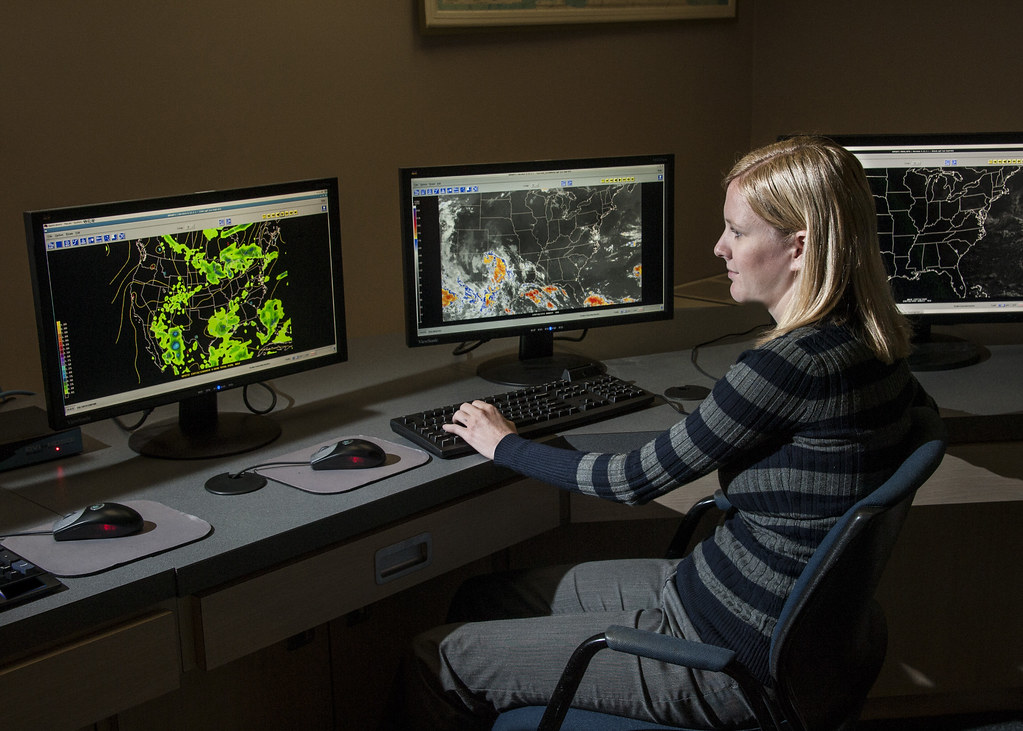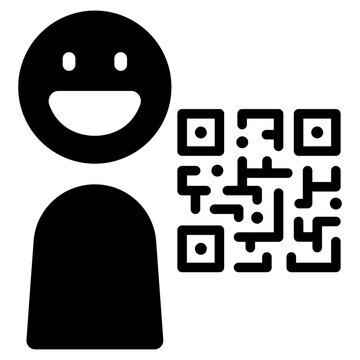Understanding the Basics of QR Codes: A Comprehensive Guide
QR codes have become a ubiquitous part of our daily lives, used for everything from marketing to payments. They are two-dimensional barcodes that can be scanned by smartphone cameras and other QR readers, directing users to websites, apps, or other digital content. These codes were first developed in Japan in the mid-1990s but did not gain widespread popularity until the introduction of smartphones. Today, they are an essential tool for many businesses looking to engage with customers through mobile devices.
The basic structure of a QR code includes black-and-white squares arranged on a grid pattern and surrounded by a white border. To scan it, simply open your phone camera app and point it at the code; if scanning is enabled on your device's settings, you'll see a notification asking you to follow the link encoded in the image. QR codes offer numerous benefits over traditional barcodes: they can store much more information (up to several hundred characters), don't require expensive equipment like laser scanners or barcode printers, and can be read quickly even from relatively far away. Although initially designed for automotive parts tracking applications (such as inventory control), today's flexible coding standards allow them to be used practically anywhere - from product packaging labels printed on billboards!
The Evolution of QR Codes: From Simple Scanning to Advanced Uses
QR codes have come a long way since their creation in 1994. Originally used for tracking parts in automotive factories, they are now widely used for various purposes such as advertising and payment processing. With advancements in technology, scanning QR codes has become simpler and faster with the use of smartphones and specialized apps.
One of the major developments in recent years is the ability to create customized QR codes that can embed logos or colors relevant to a brand or product. This allows for more creative uses in marketing campaigns and increases brand recognition.
Moreover, QR codes are not limited to simply providing information; they can also initiate actions such as opening an app or making a purchase through mobile payments. This makes them ideal tools for contactless payments which gained popularity during the pandemic due to safety concerns.
As businesses continue to adapt to new technologies, it's likely we'll see even more innovative uses of QR codes emerge over time.

How QR Codes are Revolutionizing the Way We Shop and Do Business
QR codes have become an essential tool for businesses, making transactions more efficient and hassle-free. By scanning the code with their smartphones, customers can easily access product information, promotional offers or make payments directly. With blurred QR codes, however, it's important to ensure that the code is still readable despite its distorted appearance. Ensuring a high level of accuracy is critical in offering seamless customer experiences.
One way to use blurred QR codes effectively is by creating unique designs that incorporate the code into advertisements or packaging while maintaining readability. Blurring certain parts of the image while keeping others sharp can also create an interesting visual element that directs users' attention towards particular details.
It's equally crucial for businesses to take necessary precautions when using these types of codes as they are susceptible to fraud and hacking attempts if not properly secured. Employing password protection measures and encryption technologies should be taken seriously to protect both business data and user privacy.
Adapting quickly to new trends gives modern businesses opportunities to stand out from competitors; therefore embracing effective uses of blurred qr codes will help drive growth forward and keep customers satisfied.

QR Code Security: Risks and Best Practices for Protecting Your Data
Blurred QR codes can pose a security risk as they can be easily tampered with. Hackers can manipulate the code to redirect users to malicious websites or steal sensitive information. To protect your data, it is important to use high-quality QR codes that are not easily blurred or distorted. Additionally, it is recommended to use dynamic QR codes that can be updated in real-time, making it harder for hackers to manipulate them. It is also important to educate users on how to identify and avoid fake QR codes, which may lead them to phishing sites or malware downloads. By following these best practices, you can ensure the security of your data and protect yourself from potential threats.
Creative Ways to Use QR Codes in Marketing and Advertising Campaigns
QR codes have become a popular tool for businesses to engage with customers and drive sales. One creative way to use QR codes is by incorporating them into product packaging or flyers, allowing potential customers to scan the code and be directed to a landing page where they can learn more about the product or make a purchase.
Another effective method is using QR codes on business cards. This allows potential clients or partners to quickly access your website, LinkedIn profile, or contact information by scanning the code.
Some companies even utilize interactive billboards that encourage passersby to scan the QR code displayed on it. Once scanned, users are redirected to engaging content like videos or special promotions.
Overall, integrating QR codes creatively into marketing strategies not only engages customers but also provides valuable data through tracking scans and conversions.
The Future of QR Codes: Predictions and Trends to Watch Out For
As technology continues to evolve, QR codes are also expected to improve and offer more capabilities. One of the trends in QR code development is dynamic QR codes, which can be edited even after they have been printed. This feature enables businesses to update their information without having to reprint the entire marketing material.
Another trend is the integration of augmented reality (AR) with QR codes, creating a more interactive experience for users. AR-powered QR codes can show 3D models or animations when scanned by a smartphone camera.
Furthermore, there is an increasing demand for QR code payment systems as people become more accustomed to using mobile payments instead of cash or credit cards. With this trend, it is expected that companies will start integrating loyalty programs into their payment platforms.
Overall, the future looks bright for QR codes as they continue to find new uses and opportunities in various industries. As long as security measures are taken seriously and innovations keep coming up, we can expect these little squares filled with digital information to remain relevant for years to come.
In conclusion, QR codes have come a long way since their inception and are now being used in many innovative ways across various industries. From simplifying payment transactions to improving inventory management, these codes continue to revolutionize the way we do business. However, with increased use comes increased risk of data breaches and security concerns. It is crucial for businesses and individuals alike to be aware of best practices for protecting their data when using QR codes. With proper usage and creativity, there's no limit to what can be achieved with this technology. The future of QR codes looks promising as new trends emerge and advancements are made - it will certainly be interesting to see where this technology takes us next!
Q & A
Who can fix a blurred QR code?
A graphic designer or a QR code generator software.
What causes a QR code to become blurred?
Low-quality printing, smudging, or resizing of the image.
How can a blurred QR code be scanned?
By increasing the size of the image or using a high-resolution scanner.
Who can help in case of a damaged QR code?
The company or person who created the QR code.
What are the consequences of a blurred QR code?
Difficulty in scanning, leading to loss of potential customers.
How to prevent a QR code from being blurred?
Use high-quality printing, avoid resizing, and ensure a clean surface.
